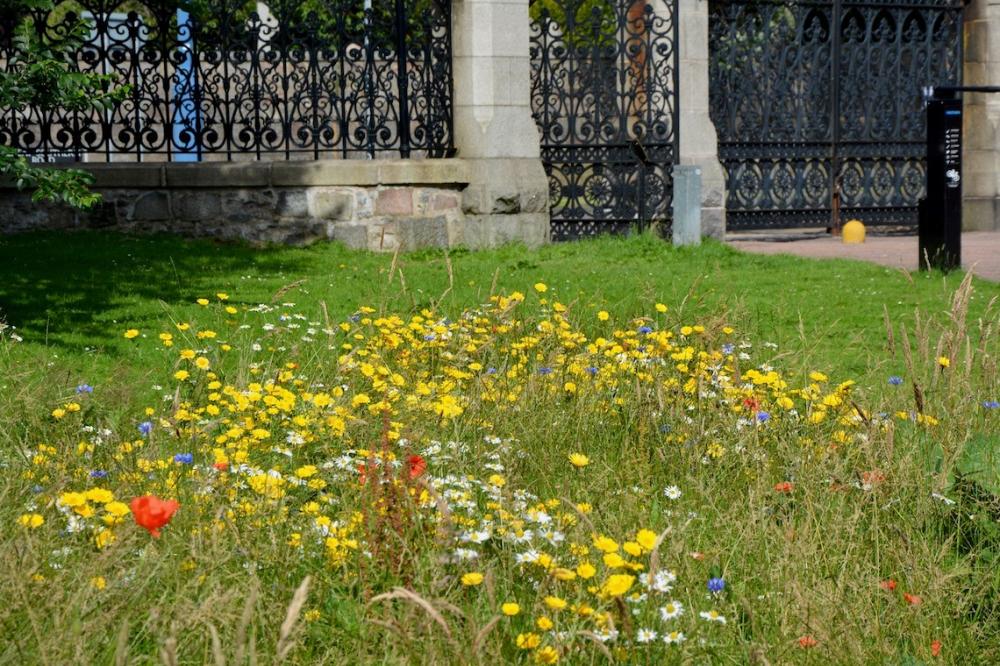This page signposts guidance, predominately from voluntary organisations and public bodies in Scotland and the rest of the UK, which may assist in the planning, implementation and management of Nature Networks.
Covering Framework Delivery Principles:
- Data, mapping, & monitoring
- Finance & resourcing
- Governance & decision making
- Knowledge & skills
- Monitoring, Evaluation & Reporting
- Participation, engagement, & communication
- Policy & Mainstreaming
- Project Development
- Project Implementation
- Spatial Mapping
Overview
Guidance relates to improving habitat quality and diversity, expanding habitat range (via restoration or new habitat creation), improving connectivity within or between habitat patches, how to monitor the quality and extent of habitat and information on key species within that habitat or ecosystem type.
The list of guidance is not exhaustive and offers a starting point for reference only. The guidance listed may not be Scotland specific, and practitioners are advised to ground truth their site, and explore the latest guidance before beginning work.
About urban habitats
Urban greenspace includes gardens, amenity land, cemeteries, parks and sports and play areas. Ensuring greenspaces in towns and cities are also biodiverse spaces can allow them to contribute to reversing biodiversity decline, tackle habitat fragmentation, bring multiple benefits to local communities and provide vital parts of Nature Networks.
Disturbed and brownfield sites, such as vacant and derelict land, bings etc can also offer important refugia for urban wildlife often creating homes for unique and rare invertebrates, plants and lichens communities.
Green infrastructure is a tool for providing ecological, economic and social benefits through nature-based solutions. It is a network of nature, semi-natural areas and green spaces that deliver ecosystem services, which underpin human well-being and quality of life.
- Provides guidance on how to develop an urban nature network in your community, from securing the right expertise to creating a delivery plan alongside case studies and a handy 10 point plan.
- Discover how green infrastructure plays a major role in our built areas, providing multiple benefits and opportunities for people and nature.
- Find useful case studies for projects that have improved the quality of urban fabric through major strategic investment in blue-green infrastructure. Demonstrating ways in which green infrastructure may help contribute to urban nature networks.
- This document informs the design process of healthcare facilities demonstrating how the grounds can contribute to a wider Nature Network.
- The report supports NHS boards to change grassland management from low biodiversity value to species-rich and enhance greenspace. It includes examples of NHS sites where this approach has already been applied and signposts to a wide range of resources to deliver the change required.
Help us build a useful toolbox
Share your feedback on existing guidance and resources, as well as links to others you think would be useful. We’d also love to hear about any great Nature Network projects that we should showcase.
.